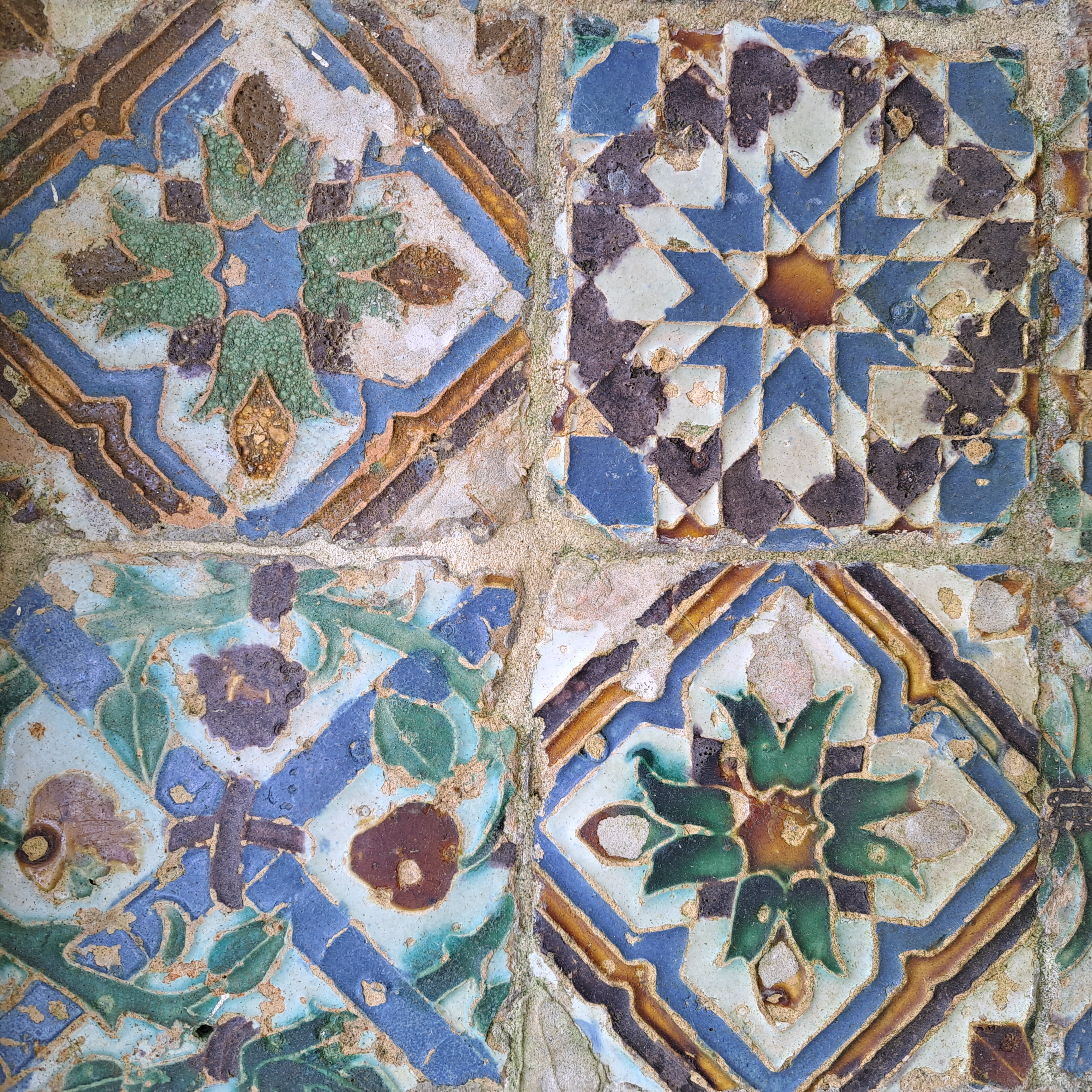Exploring the Exotic History of Peri Peri Spice - A Journey from Mexico to Mozambique and Portugal
As a world traveler and foodie, I've had the pleasure of experiencing some of the most incredible flavors from all around the globe and one of my greatest pleasures is experiencing authentic cuisine in its cultural setting. One of our favorite spices is Piri Piri, a fiery and flavorful chili pepper that has been used in Portuguese cuisine for centuries. On a trip to Portugal we had the opportunity to learn all about its uses in traditional dishes, and how to enjoy this fiery deliciousness. Portugal has become a popular destination in recent years for several reasons.
Firstly, it offers beautiful weather, stunning beaches, and a rich history and culture. The country has a long coastline and is home to numerous picturesque coastal towns and villages, making it an ideal destination for beachgoers and water sports enthusiasts.
Secondly, Portugal has a reputation for being an affordable travel destination compared to other popular European destinations. Accommodation, food, and transportation are generally less expensive, making it an attractive option for budget-conscious travelers.
Thirdly, Portugal has been actively promoting itself as a tourist destination, with the government investing in infrastructure and marketing campaigns to attract visitors from all over the world. All of these factors combined have contributed to Portugal's increasing popularity as a travel destination.
Additionally, there has been a growing interest in Portuguese cooking in recent years. The cuisine of Portugal is known for its simplicity, fresh ingredients, and bold flavors, and it has been gaining popularity among foodies and culinary enthusiasts worldwide. Furthermore, Portugal's wine and pastry cultures are also gaining recognition, with the country producing a wide range of excellent wines and delicious pastries, such as Pastel de Nata, which have become popular around the world.
Overall, the simplicity, freshness, and bold flavors of Portuguese cuisine, along with the country's rich culinary traditions and vibrant food culture, are attracting more and more people to explore and appreciate the cuisine.
Chile pepper, also known as chili or chilli, is believed to have originated in the Americas. The exact location of its origin is still a subject of debate among historians and scientists, but it is generally believed to have been first domesticated in the region that now includes Mexico, Central America, and parts of South America. Archaeological evidence suggests that chili peppers were being cultivated in Mexico as early as 5000 BCE, and they were likely used in cooking by indigenous people for thousands of years before that.
When the Spanish and Portuguese first traveled to South America, they appropriated the native chilies, one of which was the Birdseye chili pepper, piri piri; the Portuguese initially weren’t enamored by the pepper, but eventually brought it to East Africa and Asia where it was integrated into their cooking.
Since the origin of this sauce is not singular, let’s begin in translation. In the Swahili language, piri piri simply means pepper pepper. Piri piri is used to refer to both the pepper, and the sauce made from the pepper. In Zeb Larson’s article “The Tumultuous, World-Traveling Origins of Piri Piri Sauce,” he illuminates how this pepper began in an intricate web of colonialism and imperialism. Here it adopted its playfully repetitive name.
“Both the indigenous peoples and the settlers adapted the pepper into their food. Mozambique appears to be where the sauce first appeared, with the indigenous population adopting certain Portuguese traditions such as cooking chicken with lemon,” Larson delineates. This helps to illuminate why, at The Spice and Tea Shoppe, we offer both African piri piri chilies which is simply the original Birdseye chili and the Portuguese Piri Piri which is a fiery spice blend based on the sauce that arose in Mozambique, and was then brought back to Portugal. Yes, there’s a serious history lesson imbedded in this pepper.
In Portugal, Piri Piri has become a staple spice in many dishes, including the popular grilled chicken dish, Frango Piri Piri. The dish is traditionally made by marinating chicken in spicy Piri Piri spices before grilling it to perfection. The result is a deliciously smoky and spicy dish that is loved by locals and tourists alike.
Over time, Piri Piri has become a beloved ingredient in Portuguese cuisine which is somewhat surprisingly void of the use of spices in traditional cuisine. Pir Piri is now used in a variety of dishes, from soups and stews to seafood and even desserts and is often used in combination with other ingredients, such as garlic, lemon, and olive oil, to create complex and flavorful sauces and marinades. The popularity of Piri Piri has also spread beyond Portugal, and the spice can now be found in dishes from all around the world. In fact, the famous American fast-food chain, Nando's, has built an entire restaurant chain around the Piri Piri chicken dish, and it has become a global phenomenon.
When purchasing Piri Piri, it's important to keep in mind that the spice can vary widely in heat level, depending on the variety of chili used and how and when it was harvested and processed. Some Piri Piri peppers are extremely hot, measuring over 100,000 on the Scoville scale, while others are milder, measuring around 50,000. Both the chiles and the Portuguese Piri Piri Spice Blend are extremely potent. It's best to start with a small amount and add more gradually until you achieve the desired level of heat and flavor.
Portuguese tiles, also known as azulejos, are a form of decorative ceramic tilework that originated in Portugal in the 13th century. Azulejos are hand-painted tiles with intricate designs and patterns, first used to decorate the walls of churches, palaces, and other important buildings, but eventually became popular in homes and public spaces throughout Portugal.










Palacio de Pena, Sintra Portugal
Monument to the Discoveries, Lisbon Portugal


Castelo de Sao Jorge, Lisbon Portugal
Ribeira Historic District, Porto Portugal

